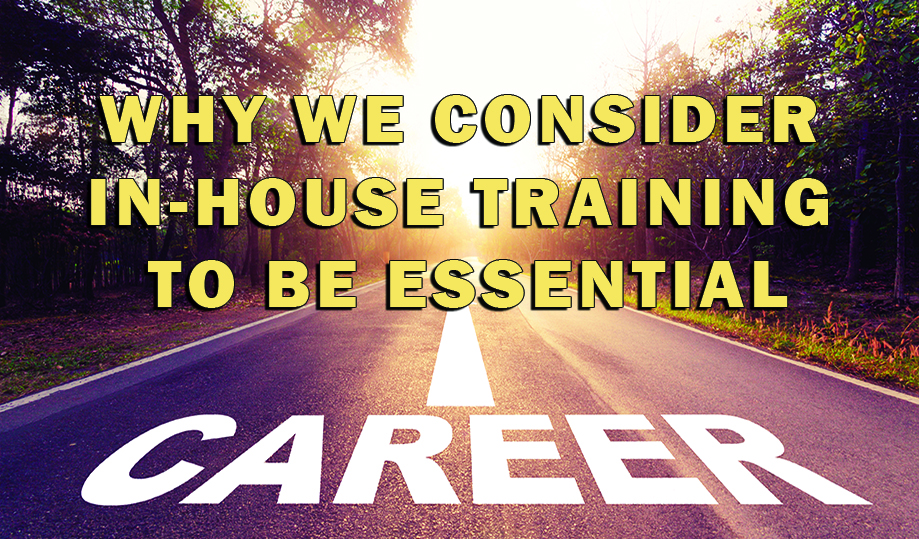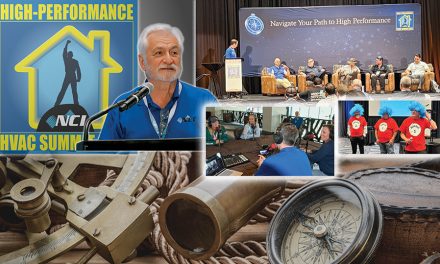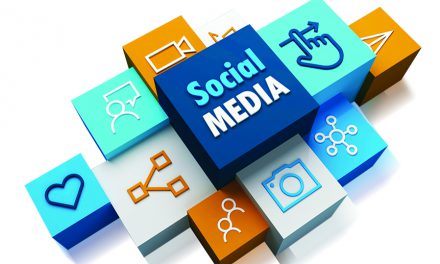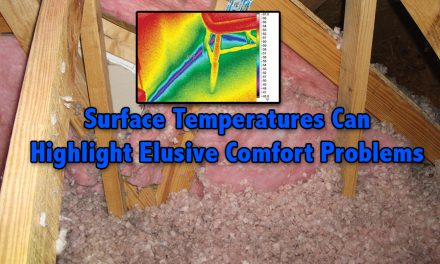Our distributors and manufacturers provide a lot of product and equipment training. We update guys on new Wi-Fi smart technology, new equipment that communicates via an app, etc.
We are mindful of how we approach coaching callbacks. Suppose a callback occurs around a specific tech or team, — that requires one-on-one training with the tech involved.
“PODs” Keep Things Simple
At Lakeside, we also enable lead technicians (two in the service department, one in the installation department) to help a small group of less-experienced techs. We call this a pod. It works like this:
Our service manager has two great senior technicians. One is good at selling agreements, add-ons, other accessories, and customer service. The other is amazing at technical things like testing and diagnosing invisible problems. Each of these two senior techs has four technicians who they mentor.
The sales-focused senior tech may teach his pod how to offer accessories. The senior technical tech can focus on teaching his pod how to take measurements, how to interpret them, where to take them, etc.
We measure how well the training works using our KPIs (key performance indicators). We look for improvements on specific things every week.
Then, there are meetings between the service manager and those senior team leaders. The service manager discusses how the pods are doing, asks to see training demos the senior tech used with their pod, and asks how he can help them be better trainers.
This program works the same way on the installation side. In both cases, we have measurable improvements.

It really helps guys who are fresh out of school — specifically those starting as maintenance technicians. This training helps them progress faster into the more advanced roles, gets them into demand service when maintenance is not busy, and eventually, the call rotation. This approach is a less intimidating progression for them.
Any person who trains technicians must have certifications and experience in the topic they will teach. The team leader chooses them based on demonstrated competency. Internal trainers must keep their certifications current and must attend factory training along with all in-house training. We post all the available classes and hold them accountable for attending them.
Mentoring is a requirement. Our pods are really a “Leadership School.” Again, we assign four techs to a senior tech (the field mentor). The mentors report to the department (service or installation) manager and work with that manager to help the techs in their pod.
The Third-Party Onsite Component
Finally, hosting professional training a few times a year is vital. Typically, it is National Comfort Institute on the technical side. Why? We focus on the High-Performance HVAC™ approach, and I find that when I bring in multiple source technical trainers, my technicians start to get mixed messages.
Our philosophy and focus are on system performance, as taught by NCI. That is the message we want our team to receive. So, we typically don’t bring in other outside technical training organizations.
We budget to bring in NCI twice a year. In spring, they teach airflow; in the fall, before the start of the heating season, they teach combustion.
On the sales and business side of our training approach, we use BDR. Unlike NCI, we meet their coaches virtually twice per month.
We also work with the John Maxwell group on leadership training once a year. Again, these programs are virtual, helping us to develop the next generation of leaders.
When we hire, we look for young people with leadership potential. Leadership potential means they have a good attitude, are helpful, coachable, and have some charisma. We look for people who also care and have integrity.
To find them, we go through assessments not only on technical and sales abilities but also on leadership. We even look at apprentices in this way. How enthusiastic are they? Do they work smart and hard? I ask my leadership team to think about these things and allow these young people to go into the field, which will make them better field people.
Click Below for the Next Page:













Recent Comments